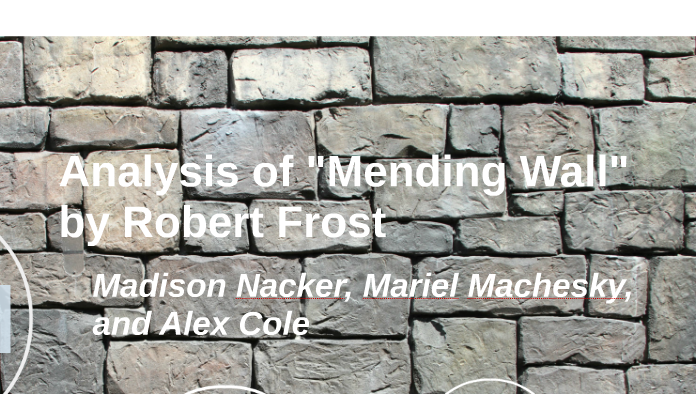
Amphibrach - three syllables, unstressed-stressed-unstressed, as in "forgetful".Spondee - two stressed syllables, as in "hot dog".Labeling the foot depends on where it is located in the line. Headless Iamb or Tail-less Trochee ' one stressed syllable.


Dactyl- three syllables, stressed-unstressed-unstressed, as in "probably".Anapest- three syllables, unstressed-unstressed-stressed, as in "disengage".Trochee- two syllables, stressed-unstressed, as in "standard".

Iamb- two syllables, unstressed-stressed, as in "today".It is difficult-almost impossible-to write a blank verse poem consisting of all iambs, and other types of feet get used more often than one may think. Along with the iamb are 3 other standard feet and a number of variations that can be employed in a blank verse poem. While it may not be as common as open form, it retains an important role in the world of poetry.īlank verse can be composed in any meter and with any amount of feet per line (any line length), though the iamb is generally the predominant foot. Regardless, blank verse was embraced by Yeats, Pound, Frost, and Stevens who skillfully brought the tradition through this century. Marlowe's "mighty line," which demonstrated blank verse's range and flexibility, made blank verse the standard for many English writers, including both Shakespeare and Milton, and it remained a very practiced form up until the twentieth century when Modernism rebelled and openly experimented with the tradition. It was developed in Italy and became widely used during the Renaissance because it resembled classical, unrhymed poetry. (Most of Shakespeare's plays are in blank verse).Ī Deeper Look into the Intricacies of Blank Verseīlank Verse is any verse comprised of unrhymed lines all in the same meter, usually iambic pentameter. Of all the English verse forms, it is the closest to the natural rhythms of English speech. As an example, in Shakespeare's A Midsummer Night's Dream, Theseus' speech to Hippolyta appears in blank verse: Blank verse usually consists of lines of iambic pentameter. The Earl of Surrey first used the term blank verse in his 1540 translation of The Aeneid of Virgil. (Variations in this meter may appear occasionally). Such verse is blank in rhyme only it usually has a definite meter. Blank verse has been called the most "natural" verse form for dramatic works, since it supposedly is the verse form most close to natural rhythms of English speech, and it has been the primary verse form of English drama and narrative poetry since the mid-Sixteenth Century. Unrhymed lines of ten syllables each with the even-numbered syllables bearing the accents. When two or more words or phrases contain an identical vowel sound, usually accented, and the subsequent consonant sounds (if any) are identical: free/see hit/fit prize/lies.Ī group of lines of verse, usually marked by a rhyme scheme (a regular pattern of end rhymes) and a predominant metrical pattern.Ī group of lines of verse (often in blank verse) which forms a unit within a poem especially common in long narrative poems. Metrical feet are marked by using symbols to represent stressed (/) and unstressed (x or a flattened out u shape) syllables.Ī metrical foot consisting of an unstressed syllable followed by a stressed syllable (x /).Ī metrical pattern in which the poetic line consists of five iambic feet thus, a ten-syllable line with the following pattern: x / x / x / x / x /. The basic unit of meter a group of syllables forming a metrical unit a unit of (usually) two or three syllables that contains one strong stress. The word meter comes from the Greek word for measure. To refresh your memory I will again discuss in brief some concepts we discussed earlier on and which are relevant to the discussion of blank verse.Ī rhythmic pattern in poetry wherein stresses (accented syllables) recur at fixed intervals. This closeness to the natural rhythms of speech accounts for the particular popularity of blank verse in drama, dramatic monologues, epic poems, narrative poems, and long introspective or meditative poems.

Thus it might well be said that English speech rhythms tend to fall naturally into a predominantly iambic pentametrical pattern. The natural speech rhythm of the English language is iambic, and the typical length of an utterance is usually about ten syllables, since that is approximately how long most people can speak comfortably without pausing to take a breath. It is also very easy to adapt it to other languages. Blank verse or unrhymed iambic pentameter, which was widely used by Milton and Shakespeare in their poetry is the most popular form of poetry in English, probably because English language naturally falls in an iambic pattern and therefore it sounds very rhythmic and natural.


 0 kommentar(er)
0 kommentar(er)
